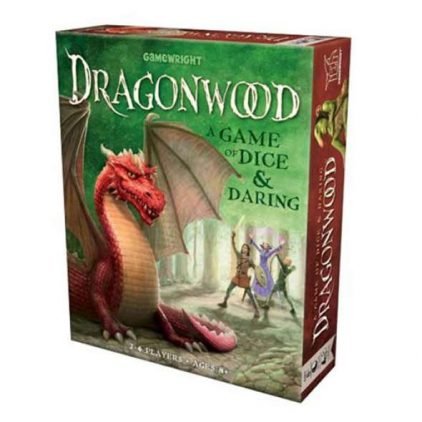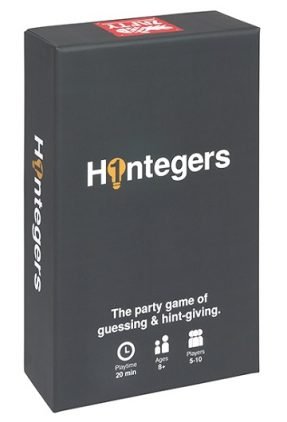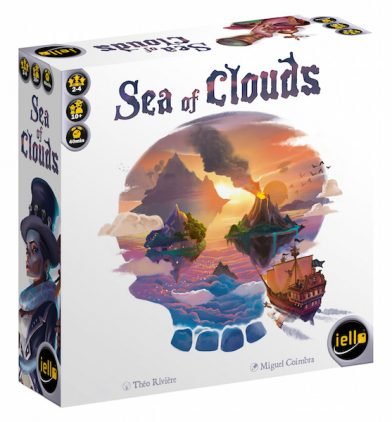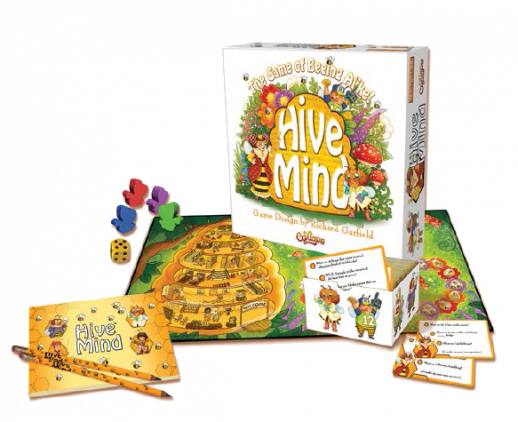How many times have you heard these sentiments in your gaming group?
“I love this game, but I just don’t feel like setting it all up.”
“We could play this game, but we only have three hours, so we won’t have time to play anything else.”
“It was a hundred bucks, but I never play it because it’s so complicated to teach”.
As part of our coverage of the inaugural PAX Unplugged in Philadelphia, we demoed a handful of games that take less than one hour to set up and play.

Dragonwood (Gamewright)
In the dark forest known to local adventurers as “Dragonwood”, beasts and treasures abound. 2-4 players can try their hand at this light strategy game, which combines dice-rolling combat with Rummy. Each adventurer has a hand of Adventurer cards with 4 colors and numbers 1-10. Combinations of these cards are used earn dice to strike (a run of 2 or more cards), stomp (a set of two or more cards of the same number), or scream at (a set of two or more cards of the same color) Creatures and Enhancements in the wood. Capturing a creature grants victory points. Enhancements increase the probability of successful capture. There are always 4 cards on the playing field available for capture.
Even those new to dice-rolling combat will be able to learn Dragonwood quickly. If you have a child (or a spouse, friend, or anyone else) who isn’t quite ready for their first Pathfinder session, this is a good game to start with. The bright jewel-tone art by fantasy and children’s illustrator Chris Beatrice is a strong feature. The game ends when the draw deck runs out twice, or when both Dragons (the most powerful creatures in the game) have been defeated. The player with the most victory points at game’s conclusion is the bravest party leader!

Hintegers (Zafty Games)
“I’m think of a number between one and ten” may not sound like a strong pitch for a game, but don’t let the simplicity of Hintegers fool you. This title can be learned in a snap, but the strategy may take time to refine. All players have a hand of cards numbered one to ten, plus a few modifier cards that allow you to add, subtract, or switch numbers with another player. At the start of each turn, the Hint-Giver selects a category from the deck and gives a one-word hint (two or three words is acceptable for proper nouns) to the other players to get them to guess a specific number. If a Hint-Giver says “Great Lakes” and the category is “Geography”, a player would want to put down the “5” card from their hand. If a player guesses the Hint-Giver’s number correctly, he or she may remove that number from his or her hand. The first player to have only three integers left in hand is the winner.
All players have the opportunity to give hints and guess. When you are the Hint-Giver, you don’t want to make your clue so hard that no one can guess correctly, because then you don’t get to discard a number. But, you also don’t want to make the clue so obvious that everyone gets it right, because then you’ll have helped every other player get closer to victory. You can also try to remember which numbers other players have already discarded, and give hints corresponding to numbers they no longer have. As a player, you can use your modifier cards to fight back. For instance, if the clue was “Great Lakes” and you had no five left in your hand, you could use your four and the plus modifier to make five. Hintegers will be a great fit for casual or serious gamers, and can be as kid-friendly (or NSFW) as your group prefers.

Sea of Clouds (Iello)
There’s doubloons, rum, and artifacts to be found on the islands in the sky. Players step into the shoes (or peglegs) of sky pirate captains in Sea of Clouds. Drawing cards via Winston Draft is the main way to obtain items, but you can also win loot and doubloons from your opponents in combat. If you’re familiar with Ra or Sushi Go, you’ll notice a similar system of set collection in this game. Some items are worth several victory points on their own, and some increase exponentially in value for each copy a player has.
Sea of Clouds certainly requires strategy, as you must pay attention to your own sets as well as your opponents. There will be times where you choose to draw a card just to prevent another player from completing a set with it. You’ll also have to defend your treasures by drafting pirates, but all pirates are removed from play after each battle, so there’s no opportunity for one player to amass a huge army and mop dominate the entire game. Some games with collection elements aren’t well-balanced and make it too easy for the early front-runner to stay in the lead until the end. Sea of Clouds is anyone’s game until the final tally of the victory points, which should be about 45 minutes after you crack the box open.

Hive Mind (Calliope Games)
At last, a party game where the goal is to agree. Well, sort of. In Hive Mind, the uppity Queen Bee is preparing for winter, and she’s decided that the hive feels too crowded. Players answer open-ended questions such as, “What are 3 things you can eat with your hands?” or “What are 5 things you think of when you think about dogs?” When two or more people have the same answer written down, they all score points. Depending on where the Queen Bee is on her side of the board, one or more low-scoring bees tumble down one level of the hive.
The game ends when any player falls out of the bottom of the hive. There is no overall winner, just a loser. This keeps the game short even with a large group of players. The game has 1,800 questions, so the replay value is high. I played this game at Unplugged with a group of total strangers, and then with my own group of friends. It was a riot either way, and I’m excited to bring it to our next holiday party.


